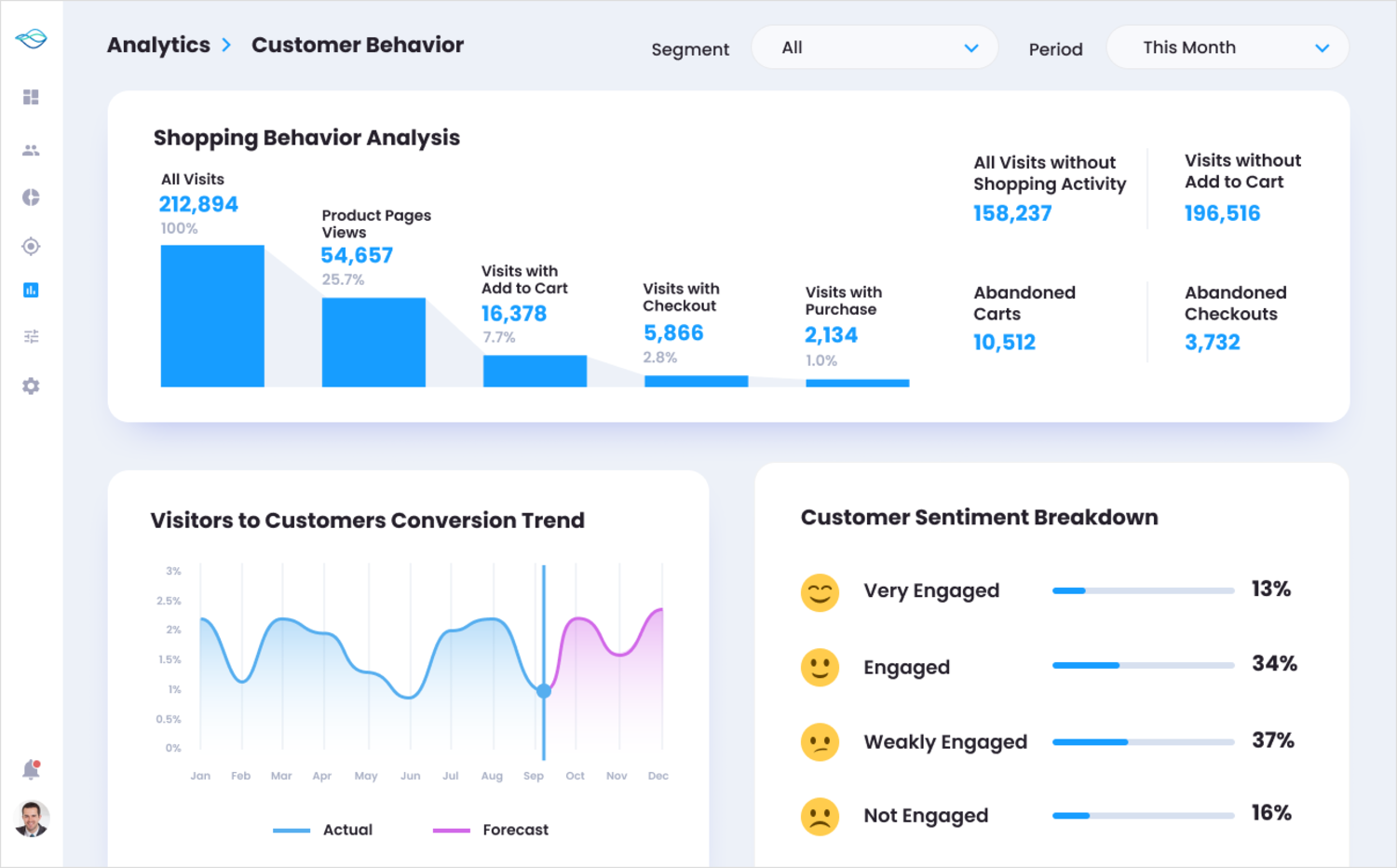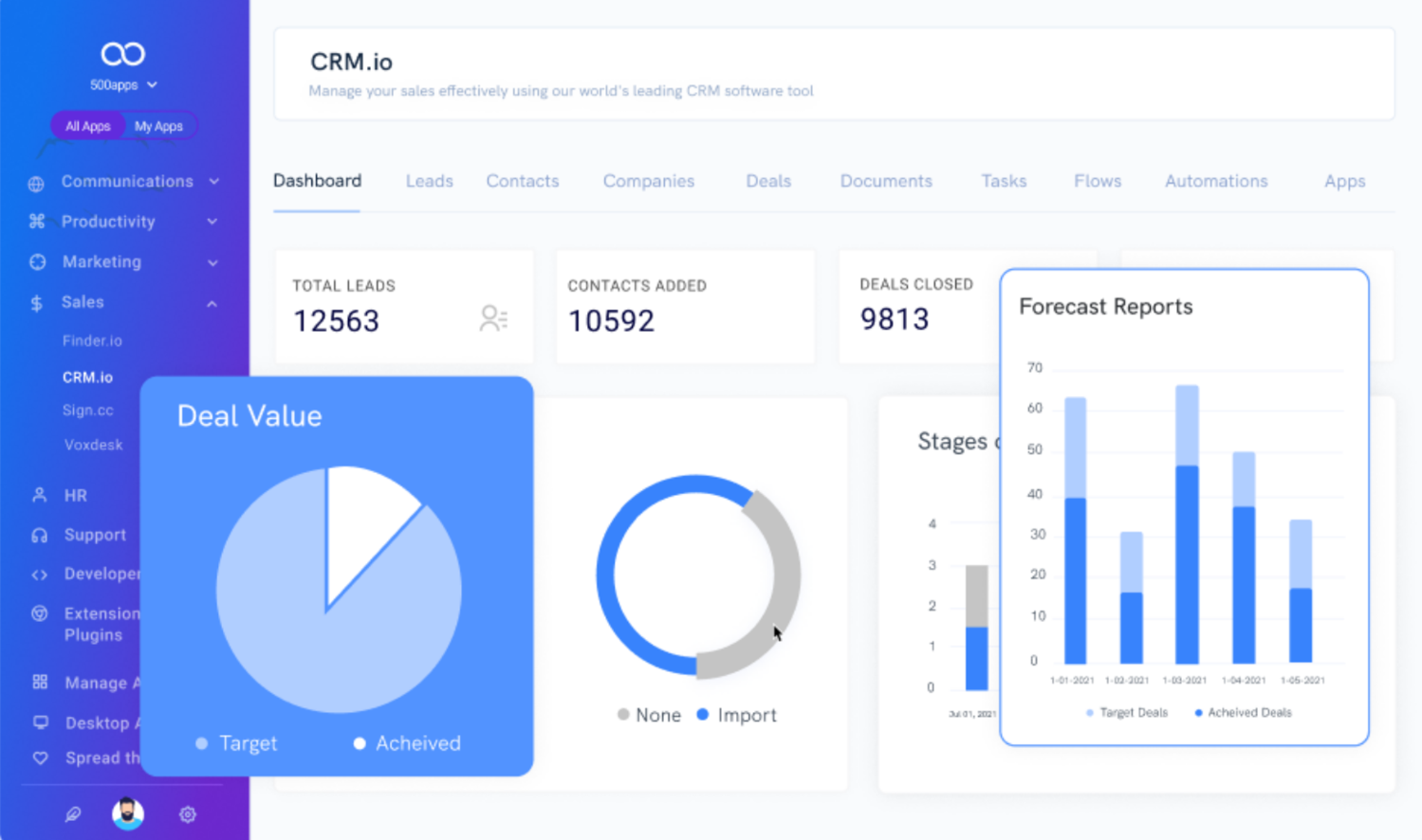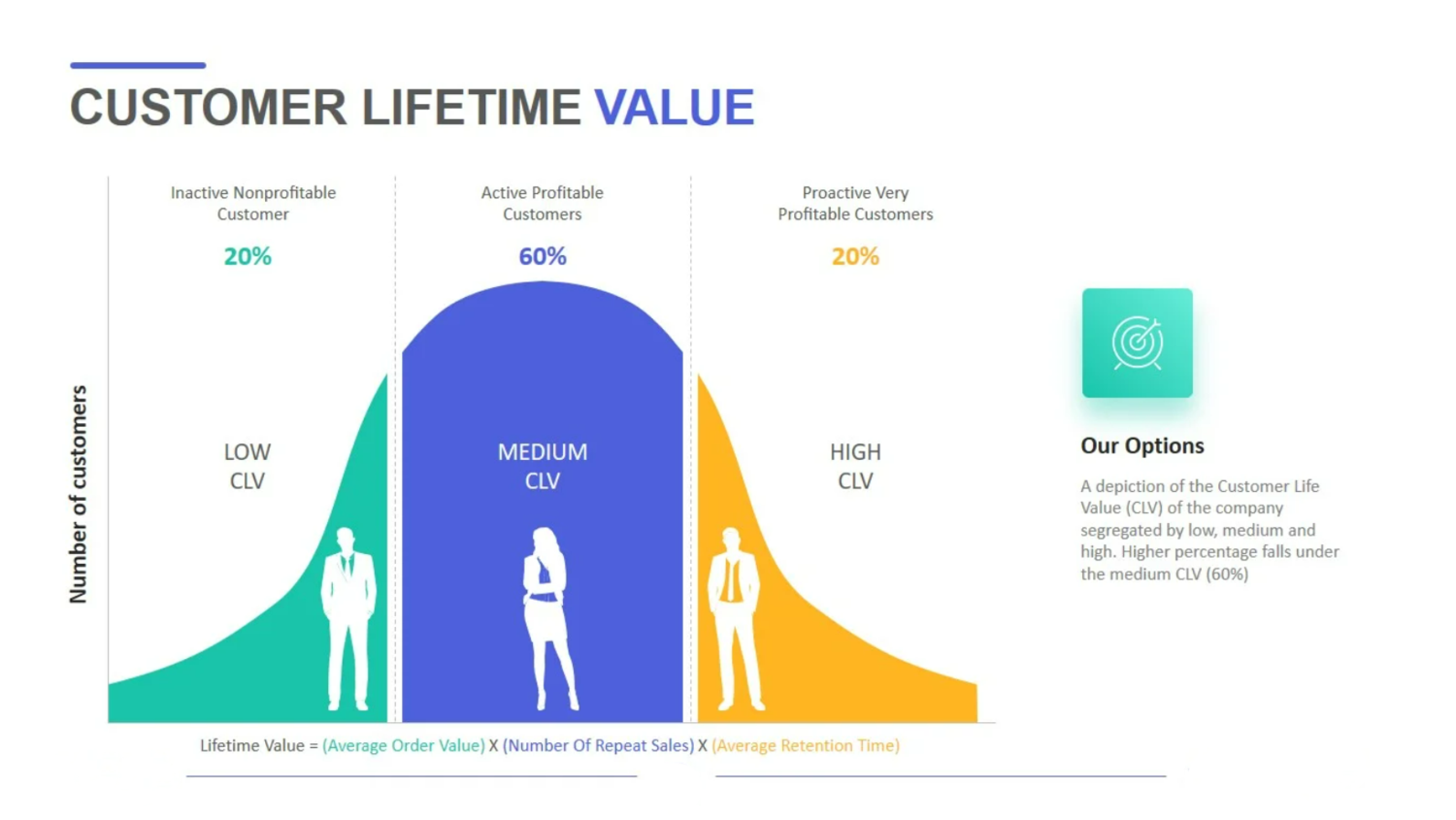- SurveyJunkie: Make $5-$25 in your free time. Just take online surveys, participate in Focus Groups and trying new products. Join SurveyJunkie Now!
In an age where data is considered the new oil, harnessing its power is crucial for any business. For those in the competitive landscape of customer service, sales, or marketing, Customer Relationship Management (CRM) analytics is your go-to tool. This robust feature goes beyond mere data collection to offer actionable insights.
The ultimate aim is to make data-driven decisions to boost your business. From tracking customer behavior to predicting sales trends, CRM analytics can be a game-changer.
Let’s delve into the power it holds for your business.
Table of Contents
Unveiling Customer Behavior
Understanding your users is the cornerstone of any successful business strategy. CRM analytics tools excel in this department. They sift through data points like customer interactions, purchase history, and web behavior. The analytics then aggregate these into an understandable format.

Why does this matter? Well, knowledge is power. Knowing a customer’s preferences helps tailor marketing strategies that resonate with them. This level of personalization can mean the difference between a one-time investment and a lifetime customer. Moreover, CRM analytics can flag customers at risk of churning, allowing you to retain them proactively.
So, how does this translate into ROI? Personalized marketing campaigns and customer retention efforts directly increase sales and customer loyalty. These are tangible metrics that underscore the impact of CRM analytics.
Read also: 6 Best Companies that Pay for Invention Ideas
Sales Forecasting: A Crystal Ball
For sales teams, the ability to forecast accurately is invaluable. Traditional methods of sales prediction often rely on intuition or crude metrics. Enter CRM analytics. With its data-driven approach, CRM analytics takes the guesswork out of sales forecasting.

The tool analyses historical sales data, seasonal trends, and market conditions. Based on these, it offers a more accurate and actionable forecast. The implications are manifold. First, it allows for better inventory management. Second, it helps allocate resources where they’re likely to have the most impact.
To make it concrete, consider this: Imagine you run a clothing business. CRM analytics show that winter jackets sell 30% more in December. Knowing this, you can ramp up inventory levels and marketing efforts for winter jackets as December approaches. This proactive approach cuts down on unsold inventory and increases sales.
Enhanced Customer Support
Good customer support is often the unsung hero of customer retention. But how do you measure its effectiveness? CRM analytics helps you monitor support ticket trends, resolution times, and customer satisfaction scores.
For instance, if you detect a sudden spike in support tickets after a new product launch, it’s a red flag. The product may be flawed, or the user manual may be unclear. Either way, this insight allows you to take corrective action promptly. Such preemptive measures can save a brand’s reputation and prevent customer churn.
Moreover, analytics can show how your customer support compares across different platforms—email, chat, or phone. This information lets you optimize where you need it the most. You can allocate more personnel to higher-traffic media, ensuring faster resolution and happier customers.
ROI and Performance Metrics
One of the most persuasive arguments for CRM analytics is its impact on ROI. The platform offers various metrics to track the ROI of marketing campaigns, sales strategies, and even customer service efforts. Examples include Customer Lifetime Value (CLV), Cost Per Lead (CPL), and Conversion Rates.

The best CRM for real estate investors tells if you’re getting bang for your buck. By continually tracking these performance metrics, you can course-correct in real-time. That’s far better than realizing a strategy’s ineffectiveness months later.
But it’s not just about identifying what’s working; it’s about understanding why it works. CRM analytics allows you to delve into data and unearth the root causes of success or failure. This analytical depth makes your decision-making process far more robust, aligning your strategies for better outcomes.
The Data-Driven Culture
Investing in CRM analytics isn’t just a financial decision; it’s a cultural one. It represents a shift towards a data-driven mindset. When your team starts the day by looking at analytics dashboards, their approach becomes inherently more empirical.
This culture has a ripple effect. Marketing teams start A/B testing campaigns. Sales representatives look at real-time data before making client calls. Customer support tracks ticket metrics to enhance their service. This cumulative data-driven culture is often the tipping point for companies aspiring to scale.
Plus, it enhances accountability. Each department can measure its success or identify areas for improvement through quantifiable metrics. This creates a self-improving loop, leading to consistent growth over time.
See also: How to Finance a Business Purchase? The Ultimate Guide
Conclusion
To sum up, CRM analytics is more than a buzzword; it’s a strategic ally. It converts raw data into actionable insights that inform your business decisions. Whether you aim to understand customer behavior, forecast sales, enhance customer support, or measure ROI, CRM analytics offers you the tools to do so effectively.
However, the most profound impact might be the cultural shift towards data-driven decision-making. This mindset empowers each team member, enhances accountability, and sets the stage for sustainable growth. In a world awash with data, let CRM analytics be your lighthouse, guiding you to informed and impactful business strategies.
